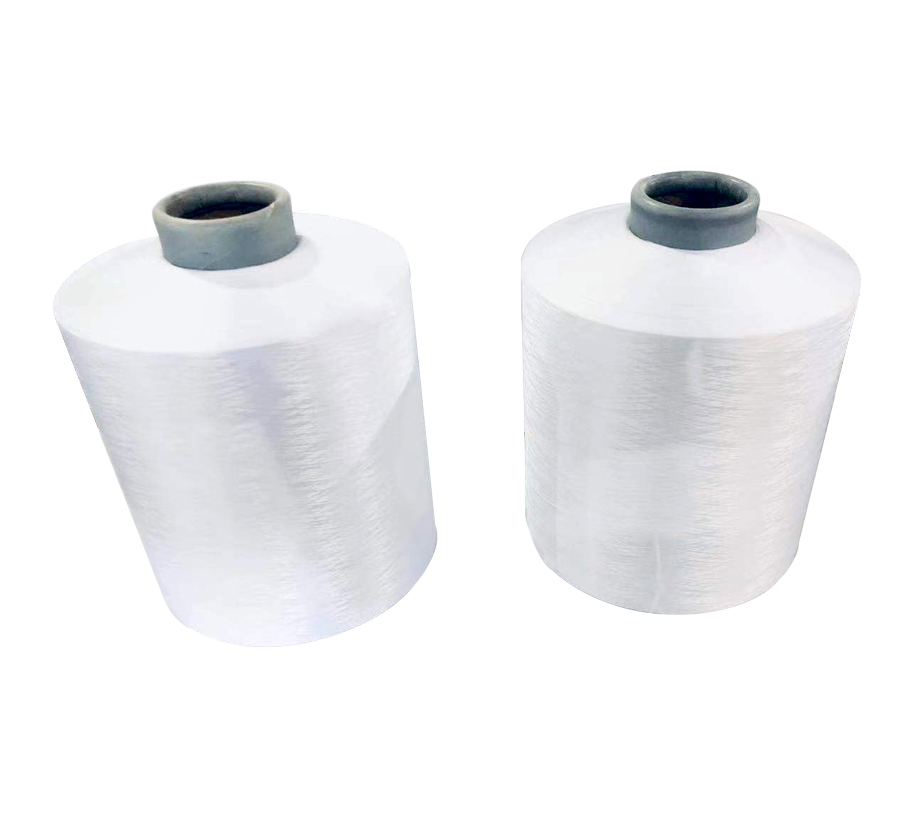White/Brown/Green 150D/48F DTY Yarn 99.99% Polyester AA Grade Eco-friendly Yarn ...
See DetailsOften used in top-grade clothing, draw texturing yarn is also a popular choice for bedding, drapery, and sportswear. It has a unique blend of stretch and bulk properties. Read on to discover more about the unique advantages of DTY yarns. Listed below are some of the many uses of draw texturing yarn.
The process of texturing yarns introduces loops and crimps to a continuous filament yarn. Texturing yarns are partially oriented and require a draw of two during the process. Finished yarns offer improved comfort, pill resistance, and dimensional stability. They also have better shape retention and are easier to wash than ordinary yarn. But the benefits of draw texturing yarn do not stop there.
Textile treating compositions for Draw Texturing Yarns provide lubricants for the draw-texturing process of thermoplastic yarns. Draw-textured yarns are produced by sequentially drawing-texturing partially-oriented polyethylene terephthalate filament yarn. The drawn yarn is generally full drawn and exhibits a uniform dyeing distribution. In addition to being a versatile, low-volatility yarn, it can be processed on standard textile equipment.
LOY has different properties than PLY. The latter is more flexible and can be drawn on a simultaneous texturing Machine, whereas PLY cannot. Simultaneous texturing means that the yarn is drawn in one step while sequential texturing means that the process occurs in two steps: drawing to orientation and false twisting. Both processes are equally effective, but with a slightly lower draw tension than PLY.

Using a texturing Machine can add air tacks, also known as nips or air entanglement points. Whether or not air tacks are added to a yarn depends on its end-use. A plied yarn will be tacked together, while a textured yarn will be made from synthetic material. Combined, these two processes create a unique textured yarn that meets a wide variety of requirements.
Another common method for making stretch yarn is the blunt knife edge method. In this process, a filament is drawn over a heated knife edge, with the inner portion of the filament moving less distance than the outer edges. The crimps formed by bilateral compression and extension strain occur in the outer filament. In addition to being helical, the yarn produced from this technique is also a low-tensile package.
Draw Texturing yarns are applied using a spinning Machine that is equipped with a roving spitting head. This allows for precise control of the finished weight. However, you must pay attention to the spinning Machine's roving frame. This is where the roving feeds its yarn. It must be positioned on both sides of the Machine. Moreover, the roving frame will be converted to a sliver guide feeding structure.